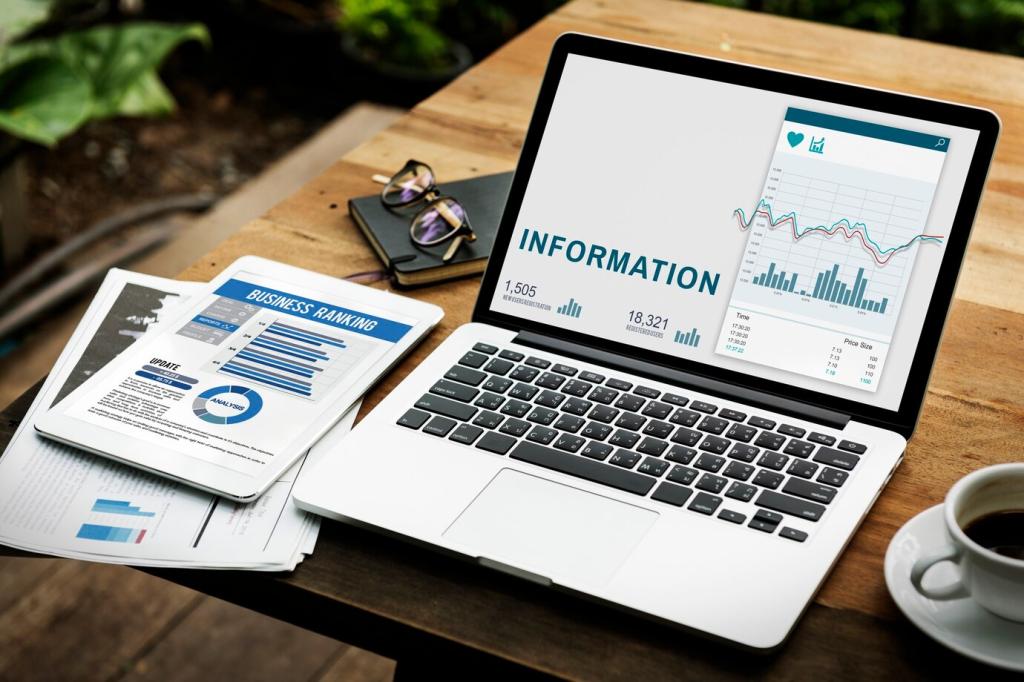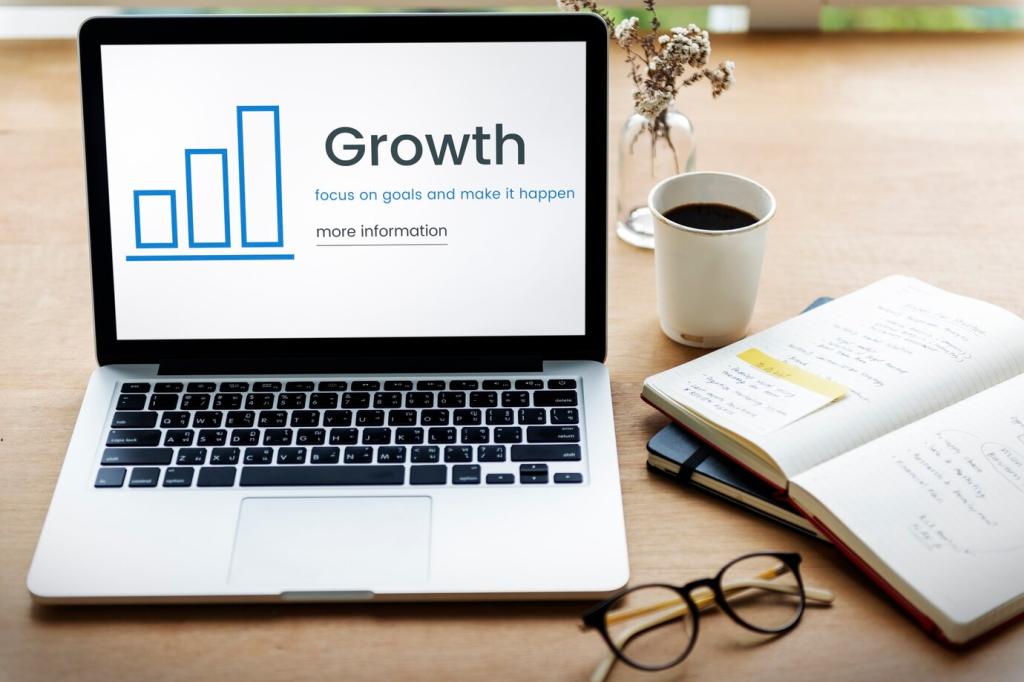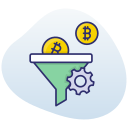
Predictive Analytics in Conversion Funnels: See Tomorrow’s Customers Today
Chosen theme: Predictive Analytics in Conversion Funnels. Welcome to a practical, story-driven guide for turning probability into progress at every stage of your funnel. If you’re ready to anticipate intent, meet prospects with timely relevance, and learn from real-world examples, join us—subscribe and share your predictive wins.
Why Predictive Analytics Changes Your Funnel Game
At 2 a.m., a founder noticed checkout drops despite steady traffic. A quick propensity model flagged friction after shipping calculation. A single free-shipping test lifted predicted conversion by eight points. Have a similar moment? Comment with your “aha” predictions that turned anxiety into momentum.
Why Predictive Analytics Changes Your Funnel Game
Conversion rate is a lagging truth; predicted probability is a leading whisper. By scoring visitors in real time, you can spot momentum before it appears in reports, prioritize high-intent users, and craft interventions that lift outcomes while lowering acquisition waste.
Why Predictive Analytics Changes Your Funnel Game
Predicting the wrong target dooms even elegant models. Decide whether success means trial start, qualified demo, paid subscription, or repeat purchase, and anchor every metric there. Share your chosen success definition, and we’ll suggest predictive features that best reflect that moment.
Data Foundations for Trustworthy Predictions
Map each stage with explicit events: visit_source, product_view, add_to_cart, checkout_start, checkout_submit, purchase_success. Capture timestamps, device, geography, campaign, and content context. The closer your events reflect real behavior, the more faithfully predictions will anticipate genuine intent.
Data Foundations for Trustworthy Predictions
Engineer features with purpose: time-on-key-content, sequence depth, discount exposure, support touches, payment friction, and micro-engagements like calculator use. Ask whether each signal explains changes in intent, not just activity volume. Share your top three predictive features; we’ll compare notes.



Propensity and lead scoring by stage
Score at each stage, not just top-of-funnel. A contact’s probability to start a trial differs from their probability to activate features. Calibrate scores to reflect real conversion rates, then give sales and marketing clear bands with next steps tied to predicted intent.

Time-to-convert forecasting
Predict not only who will convert, but when. Survival analysis or accelerated failure models estimate days to conversion, guiding cadence for emails, sales touchpoints, and budget pacing. Faster predicted timelines may deserve quick action, while longer paths benefit from nurturing.

Uplift modeling for intervention impact
Uplift models estimate the treatment effect: who converts because of your action, not just who would convert anyway. Target the persuadable, avoid the sure-things, and reduce wasted discounts. Curious about uplift in your stack? Ask, and we’ll share a practical evaluation checklist.
Real-Time Personalization Across the Funnel
High intent on pricing pages? Surface comparison guides, social proof, and a concise calculator. Medium intent on feature pages? Offer a succinct tour and an exit-intent checklist. Low intent on blogs? Promote a no-commitment newsletter that gradually educates rather than pushing a hard sell.


Real-Time Personalization Across the Funnel
Feed propensity and time-to-convert into your CRM to recommend the next best action: send a template, schedule a quick diagnostic, or invite to a short onboarding. Align actions with predicted barriers so every touch feels helpful, not scripted or pushy.
Testing with a Forecast: Smarter Experiments
Stratify by propensity to convert so treatment and control are balanced across intent bands. This guards against accidental bias where one variant inherits more likely converters. The result: smaller samples, clearer reads, and decisions that generalize to your real visitor mix.
Testing with a Forecast: Smarter Experiments
Use predicted lift to set minimum detectable effects and to define safe ramp schedules. Combine interim looks with error controls to stop early for futility or success. Explain the policy to stakeholders so speed and integrity travel together, not in conflict.
Ethics, Privacy, and Trust You Can Explain
01
Tell users what you collect, why it improves their experience, and how they benefit. Offer meaningful control, honor preferences, and deliver obvious value in return. When visitors understand the exchange, predictive tailoring feels like service, not surveillance.
02
Audit performance by geography, device, language, and lifecycle stage. Look for uneven error rates that might disadvantage certain users. If disparities appear, adjust features, retrain with balanced samples, and document changes so every stakeholder understands the fairness improvements.
03
Favor aggregated signals, shorter data retention, and minimal personally identifiable information. Use contextual triggers and on-device scoring where possible. You’ll be surprised how much lift comes from smart design and respectful defaults, even without building extensive personal profiles.
Operationalizing Predictions Without the Chaos
From notebook to production
Wrap your model behind a versioned API or scheduled batch job, store feature logic centrally, and log predictions with identifiers. Document dependencies and fallback behavior. This creates a repeatable path from experimentation to daily value without brittle, one-off scripts.
Monitoring drift, calibration, and decay
Track input drift, score distributions, and calibration curves against real outcomes. When probability 0.7 no longer equals seventy percent conversion, schedule recalibration or retraining. Alert owners early so campaigns, budgets, and sales plays adapt before performance quietly erodes.
A save-the-quarter story
A B2B team watched predicted demo-to-close probabilities slide for mid-market. Drift revealed a new competitor changing evaluation steps. They rebuilt features around security needs, retrained, and recovered five points of win rate in six weeks. Share your rescue stories—we’ll feature the best.
